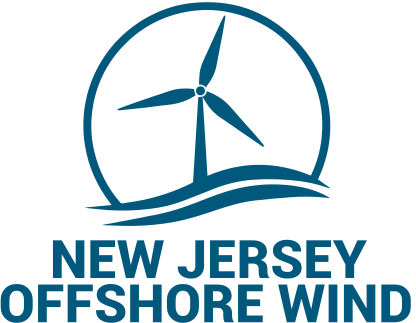Wildlife
How will migratory patterns of birds be affected?
New Jersey is proactively safeguarding migratory bird species from the potential impacts of offshore wind farms, including:
- Siting wind farms in areas with low bird densities
- Requiring turbines with bird-friendly designs, such as slower rotation speeds and fewer blades
- Implementing monitoring and mitigation measures
- Promoting research and collaboration with other states, scientists and conservation organizations for new strategies to minimize bird collisions
How will offshore wind farms affect marine ecosystems in New Jersey?
Offshore wind turbines can function as artificial reefs, providing habitats for marine life. The hard surfaces of turbine foundations and support structures attract organisms like mussels, barnacles, oysters and sponges, creating a vibrant ecosystem called a turbine reef. This habitat attracts fish, crustaceans and other marine species, fostering a diverse and thriving marine community.
According to three federal scientific agencies (NOAA, BOEM, and the Marine Mammal Commission) as well independent research organizations, there is no evidence linking offshore wind farms with marine mammal deaths along the U.S. East Coast. Furthermore, studies show that noise from wind turbines is not loud enough to harm whales' hearing or navigation capabilities.
The NJ Research and Monitoring Initiative (RMI) focuses on scientific research and monitoring of marine and coastal resources during offshore wind development, aiming to protect marine resources while supporting the State’s clean energy goals.
Back
to top
 Official Site of The State of New Jersey
Official Site of The State of New Jersey